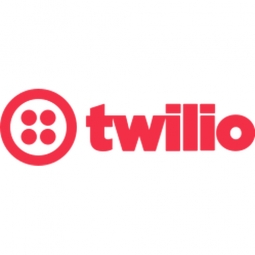Technology Category
- Platform as a Service (PaaS) - Application Development Platforms
- Sensors - Temperature Sensors
Applicable Industries
- Education
- Telecommunications
Use Cases
- Smart Campus
- Speech Recognition
Services
- System Integration
- Training
About The Customer
The customer in this case study is the University of Michigan’s Center for Digital Curricula. The center was tasked with developing a solution to support distance learning for over 4,000 students across urban and rural public schools in Michigan during the COVID-19 pandemic. These schools were primarily Title 1 schools in low socio-economic status areas, with many having almost 100% of their students participating in free and reduced lunch programs. The center's co-director, Elliot Soloway, recognized the need for digital tools to support seamless learning, both in the classroom and at home.
The Challenge
The onset of the COVID-19 pandemic in March 2020 led to the closure of schools across Michigan and the U.S., disrupting the normalcy of in-person learning for thousands of students, teachers, and families. The challenge was to transition from classroom-based learning to effective, individualized instruction at home. The University of Michigan’s Center for Digital Curricula was tasked with developing a solution that could support distance learning for over 4,000 students across urban and rural public schools in Michigan. These schools were primarily Title 1 schools in low socio-economic status areas, with many having almost 100% of their students participating in free and reduced lunch programs. The main issue was not the schools or teachers, but the lack of digital tools to support seamless learning, both in the classroom and at home.
The Solution
The University of Michigan’s Center for Digital Curricula developed the Collabrify Roadmaps Platform, an online learning environment that provides teachers with a standards-aligned, vetted, digital curricula. This platform supports synchronous collaboration, allowing teachers and students to work together in real-time without being in the same physical location. The platform was integrated with Twilio’s Programmable Voice API, enabling students to communicate with each other and work together within the platform with the click of a button. The platform also includes resources for parents to help their children with homework. The solution was designed to be simple enough for even the youngest students to master, with the phone feature built right into the platform, eliminating the need for students to have a cell phone.
Operational Impact
Quantitative Benefit

Case Study missing?
Start adding your own!
Register with your work email and create a new case study profile for your business.
Related Case Studies.

Case Study
Vodafone Hosted On AWS
Vodafone found that traffic for the applications peak during the four-month period when the international cricket season is at its height in Australia. During the 2011/2012 cricket season, 700,000 consumers downloaded the Cricket Live Australia application. Vodafone needed to be able to meet customer demand, but didn’t want to invest in additional resources that would be underutilized during cricket’s off-season.

Case Study
SKT, Construction of Smart Office Environment
SK T-Tower is the headquarters of SK Telecom. Inside the building, different types of mobile devices, such as laptops, smartphones and tablets, are in use, and with the increase in WLAN traffic and the use of quality multimedia data, the volume of wireless data sees an explosive growth. Users want limitless Internet access in various places in addition to designated areas.







